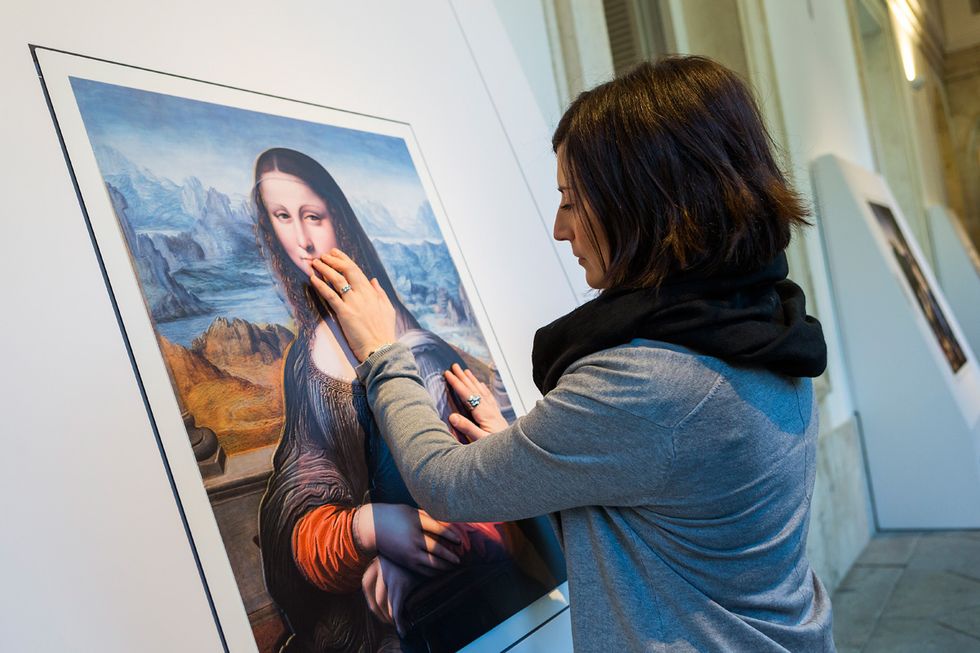Imagine standing mere inches away from the real Mona Lisa in the Louvre but not being able to see it, or having to rely on your memory to see Van Gogh's Starry Night or seeing only shadows and vague colors as you try to decipher if a painting is Munch's The Scream or Vermeer's Girl with a Pearl Earring. In a world where Braille is seen as the answer to accommodating to the visually impaired, where does braille come into play in the area of art museums where touching the artwork is prohibited? One museum in Spain has transformed the way the visually impaired and visually capable take in art.
Museo del Prado in Madrid, Spain featured an exhibit called "Touching the Prado", an exhibit tailored to those who are visually impaired, transforming classic works from the museum into 3D works of art meant to be touched. Six famous works representing different genres of art featured within the museum have been transformed using technology and specialists in the field of the visually impaired, as well as braille explanations of each piece and audio guides as well.
Although this exhibit only ran from January to October 2015, it raises a bigger issue: going to a museum is an indescribable experience, why isn't there more exhibits like this in other museums? 3D printing has become more and more inexpensive as the years have gone by and scans and prints of famous artworks are available online, why not then utilize technology to make a low cost yet effective version of Touching the Prado's exhibit?





















